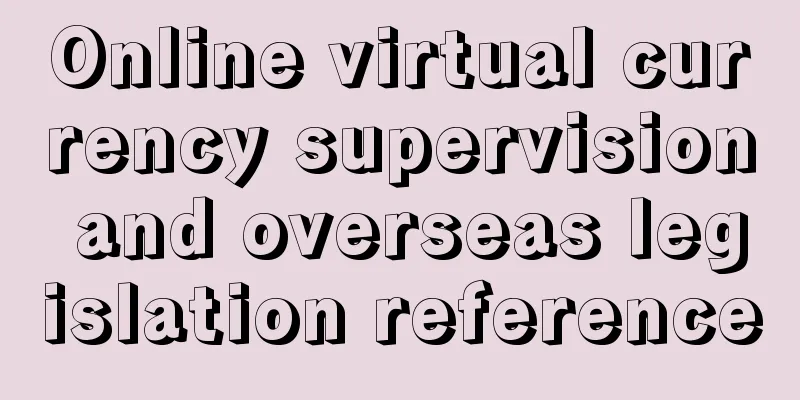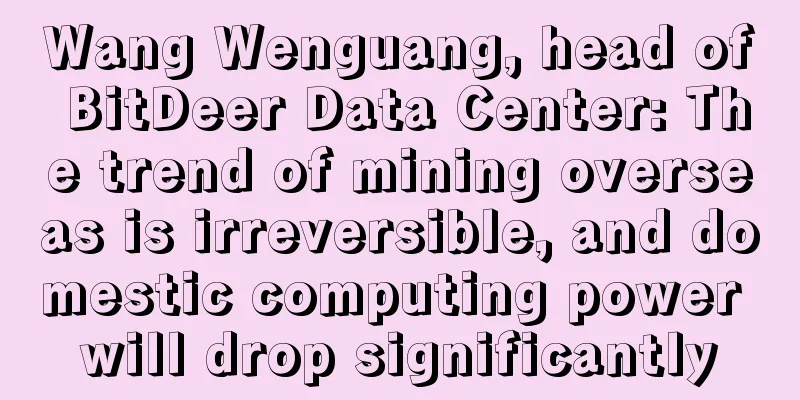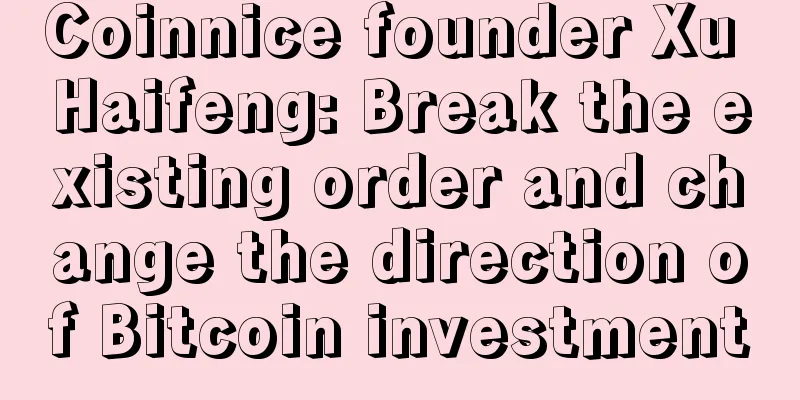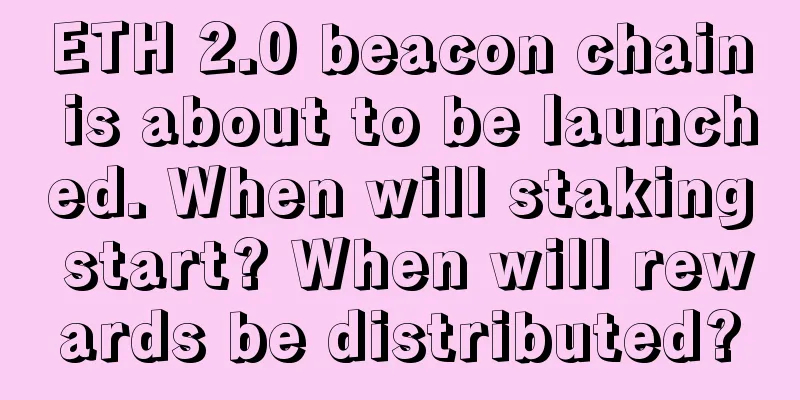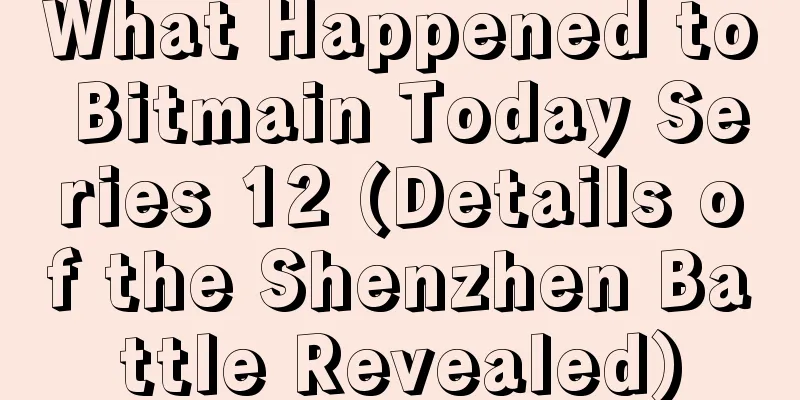Chain releases Chain OS 1, the first blockchain operating system platform for the financial industry
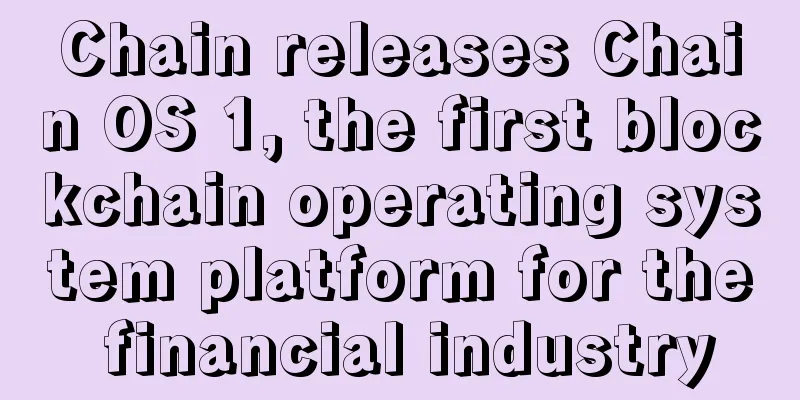
Translation: Nicole Blockchain startup Chain today released a new open-source permissioned protocol built on collaborations with ten financial telecommunications companies. Partners in the project include major financial firms such as Capital One, Citi, Fidelity, First Data, Fiserv, Mitsubishi UFJ, Nasdaq, Orange, State Street and Visa, all of which are promoting the development of blockchain technology known as Chain Open Standard or Chain OS 1. In an interview, Chain CEO Adam Ludwin touted the platform as tailor-made for large-scale financial applications, including securities settlement and payment processing. After a long period of development, Ludwin framed the release of the protocol as a way to standardize the platform, which is being used in test projects with First Data, Nasdaq, Visa and other partners. Adam Ludwin Ludwin told CoinDesk:
While Ludwin did not mention any one competitor in particular, he alluded to the open-source blockchain Hyperledger project led by the Linux Foundation and the ledger platform Corda developed by the R3CEV blockchain consortium. Ludwin said such a process could be flawed in the way their technique involves, like trying to build a "rubber band ball" but expecting it to form a nice spherical shape just by shaking the box. Ludwin said:
Ludwin sees Chain OS 1 as an “architecture” rather than a proposal, positioning the platform as a permissioned blockchain option that major institutions in the market are considering. The announcement comes amid stiff competition from permissioned blockchain platform providers, a high-profile project. In recent weeks, Barclays Bank has publicly tested a Corda smart contract template, while DTCC has announced a Hyperledger trial with Digital Asset Holdings. Behind the Scenes In the interview, Ludwin suggested that the project will take some time to take shape, outlining the company’s approach to creating Chain OS 1 through different avenues. For example, Chain recently worked with its financial industry partners in New York to host a private conference that also included a software demo, Ludwin said. He argued that the scale and depth of the presentation could easily attract news. However, he tried to portray Chain as a company that doesn’t want to attract too much attention, beyond making formal announcements. Ludwin said:
Ludwin said Chain is trying to hold a second partnership conference in the fall of 2016, which will increase industry participation, and the startup hopes to hold such events twice a year in the future. He added:
Specification details In prepared materials, Chain likened OS 1 to a “novel consensus model” where even large numbers of transactions can be processed in seconds. Moreover, the “private solution” under this model can encrypt blockchain data and provide “optional access channels” to counterparties and regulators. Chain OS 1 will also provide smart contract virtual machines, which may be the project most closely related to the open source Ethereum blockchain project. Additionally, this allows participants to keep a complete historical copy of the network's distributed ledger, or an abbreviated version of it containing "unspent states", thereby reducing operational requirements. Chain’s partners claim that this combined functionality will allow organizations to create projects that can become commercial applications. Hu Liang State Street senior management director Hu Liang said in a statement:
Nasdaq revealed it is using the platform for private market securities testing as well as proxy voting and clearing. Innovation Now But Ludwin didn’t just criticize the group’s desire to develop a permissioned blockchain. In the statement, Ludwin described Chain as a “Silicon Valley startup” that financial institutions would like to work with on blockchain because it does not conflict with their existing companies. Ludwin said:
More and more traditional IT companies, including Microsoft and IBM, are trying to attract institutions to the various platforms and offerings they have developed. Ludwin concluded:
|
<<: Panel split at Consensus 2016: Is blockchain a better way to pay?
>>: Bitcoin Marketplace OpenBazaar is the Biggest Winner of 2016 Blockchain Awards
Recommend
Bitcoin beats three major US financial companies to place it in first place in market valuation
This has repeatedly reflected the development pat...
A woman with a hard-working life has a low forehead.
From the perspective of physiognomy, the overall ...
What are some extremely expensive facial features? Will there be any benefits?
It is very simple to distinguish people by their ...
Marriage Line
Marriage line, is it used to observe whether the ...
Teach you how to read the Yintang face
The forehead is actually a very important part of...
A mole behind a woman's right ear indicates
It can be said that each of us has moles, and the...
What does a mole on a man's chest mean? Is it good for a man to have a mole on his chest?
Being ambitious means having lofty aspirations in...
Eyebrows reveal his or her personality
Eyebrows reveal his or her personality The more s...
Judging personality from lips shape Judging personality from lips
How can lips tell a person’s personality? In phys...
Ethereum: More than half of miners voted in favor of implementing ProgPow
According to Ambcrypto on March 5, in the recent ...
Do you have the facial features of a woman with good luck in love?
Whether one is popular with the opposite sex or n...
Bitcoin futures premium hits 7-week high: Is the rally sustainable?
On June 3, BTC rose 2.5% to $69,400, sparking hop...
How to deduce the marriage age from the marriage line
The marriage age is sometimes estimated based on ...
42 Japanese banks join remittance blockchain alliance launched by SBI Group
42 Japanese banks have joined a new blockchain co...
OKEx will resume fiat currency trading at 20:00 on October 21
According to BlockBeats, OKEx officially announce...
